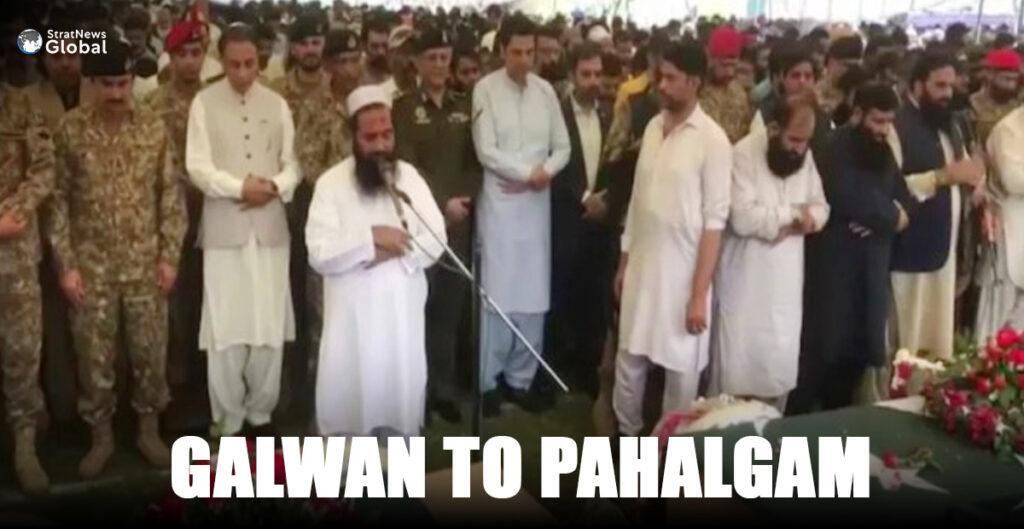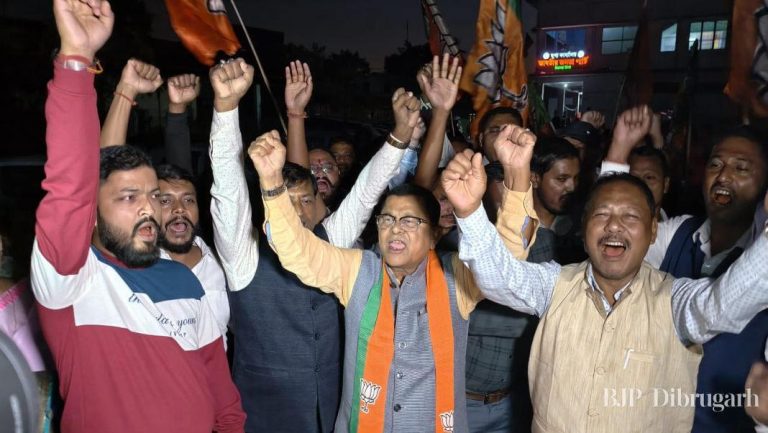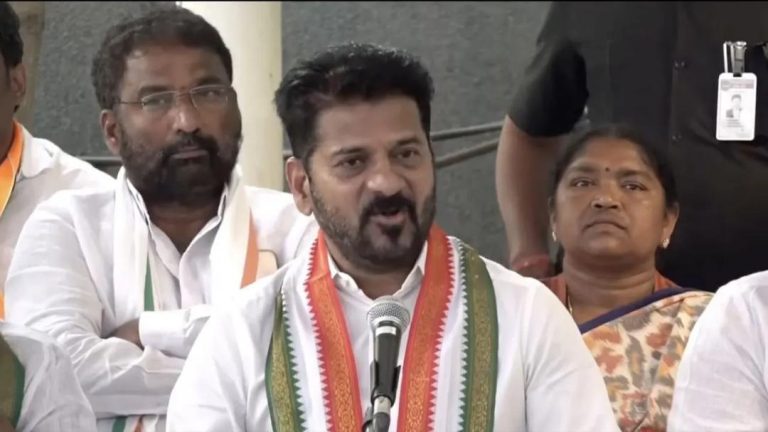
From Galwan to Pahalgam: Differences in how the West condemned it
The Galwan Valley clash in June 2020 was a defining moment in India-China relations. It was a brutal and violent confrontation that left 20 Indian soldiers dead, and China’s secrecy surrounding the incident only added to the outrage and anger in India. As news of the incident spread, the international community responded with a mixture of caution and concern.
Most Western capitals issued statements “urging restraint” on both sides, while multilateral institutions like the United Nations and the European Union said they were “monitoring the situation closely.” The tone was measured, reflecting a desire to avoid upsetting the delicate balance of power in the region.
Fast forward to August 2025, when a devastating attack on a bus carrying Amarnath pilgrims in Pahalgam, Jammu and Kashmir, left at least 10 people dead. The international reaction this time was far louder and more condemnatory.
The United States, France, and Japan, among others, issued statements condemning the “terrorist attack” and expressing their condolences to the families of the victims. The Indian government, too, was swift to condemn the attack, and the country was plunged into a period of mourning.
The stark difference in the international response to the two incidents raises important questions about the motivations and priorities of Western powers. Did the Galwan clash reflect the West’s need to preserve its interests with China, and is this what drove the more muted response?
To understand the differences in the international response, it is essential to examine the geopolitical context of the two incidents.
The Galwan clash occurred at a time when China was rapidly expanding its global influence, and the United States was still reeling from the impact of the COVID-19 pandemic. The Trump administration’s “America First” policy was seen as increasingly isolationist, and many in the West were eager to maintain a relationship with China that was seen as essential for global economic stability.
India, on the other hand, was seen as a key partner in the Quadrilateral Security Dialogue (Quad) – a grouping that also included the United States, Japan, and Australia. The Quad was seen as a bulwark against Chinese expansionism, but it was also viewed as a potential threat to China’s interests.
In this context, the West’s response to the Galwan clash was largely aimed at maintaining a balance between its relations with India and China. The “urging restraint” statements were a way of acknowledging India’s concerns while also avoiding any action that might be seen as provocative towards China.
In contrast, the Pahalgam attack occurred at a time when the global landscape had changed significantly. The COVID-19 pandemic had passed, and the world was slowly emerging from the shadows. The Biden administration had taken over in the United States, and its foreign policy priorities were shifting towards a more assertive stance on global issues.
The Quad had also gained momentum, and India’s role as a key partner in the grouping was seen as increasingly important. The Pahalgam attack was seen as a stark reminder of the threats posed by terrorism, and the international community’s response reflected a desire to condemn and combat this menace.
The difference in the international response to the two incidents also reflects a changing perception of India’s importance in global affairs. In 2020, India was seen as a rising power, but one that was still largely focused on its domestic economy and regional security concerns. By 2025, India had emerged as a major player on the global stage, with a growing economy and a increasing role in international affairs.
The Pahalgam attack was a wake-up call for the international community, and it highlighted the need to recognize India’s importance in the global fight against terrorism. The more robust response to the attack reflected a growing understanding of India’s role as a key partner in international efforts to combat terrorism and maintain global security.
In conclusion, the differences in the international response to the Galwan clash and the Pahalgam attack reflect a complex interplay of geopolitics, economic interests, and changing perceptions of India’s role in global affairs. While the West’s response to the Galwan clash was largely aimed at maintaining a balance between its relations with India and China, the reaction to the Pahalgam attack was more condemnatory and reflected a growing recognition of India’s importance in the global fight against terrorism.
As India continues to navigate the complex landscape of global politics, it is essential to recognize the changing nature of international relations and the shifting priorities of Western powers. The Pahalgam attack was a stark reminder of the threats posed by terrorism, and it highlighted the need for India to walk alone and assert its interests on the global stage.
Source:
https://stratnewsglobal.com/india/from-galwan-to-pahalgam-how-india-learnt-to-walk-alone/






